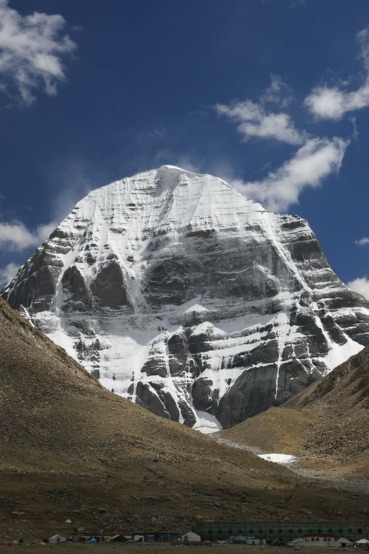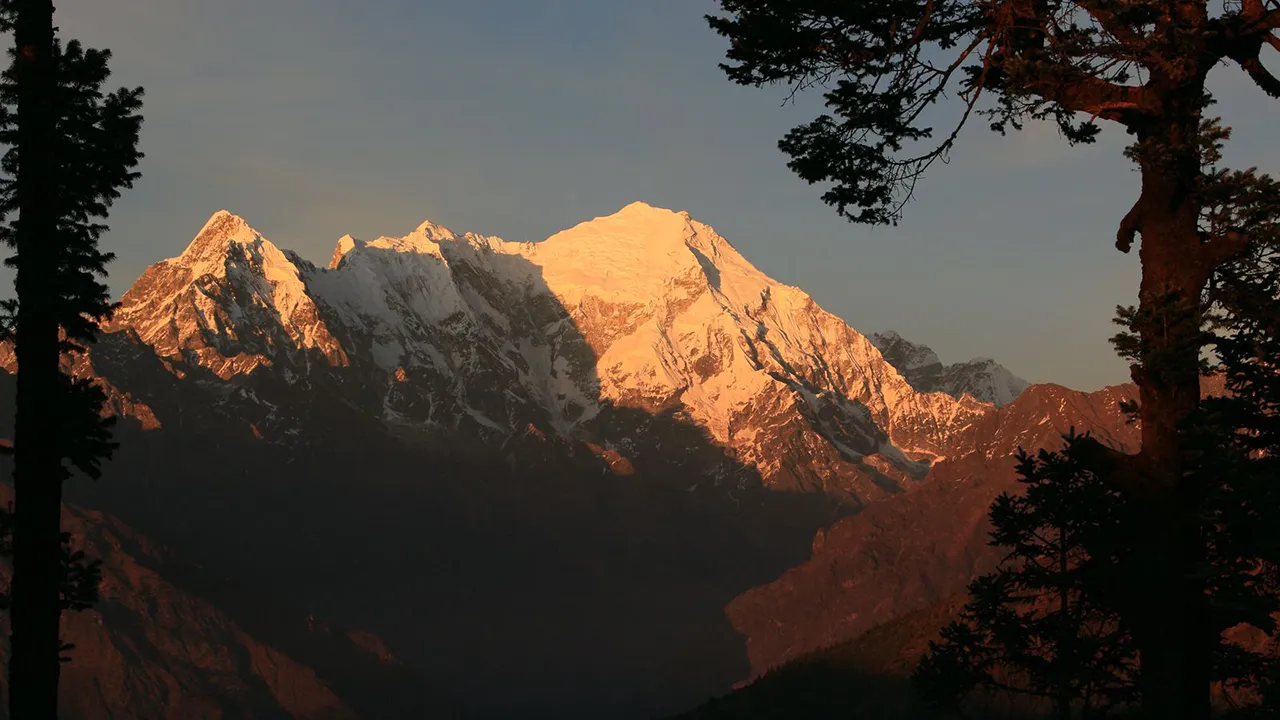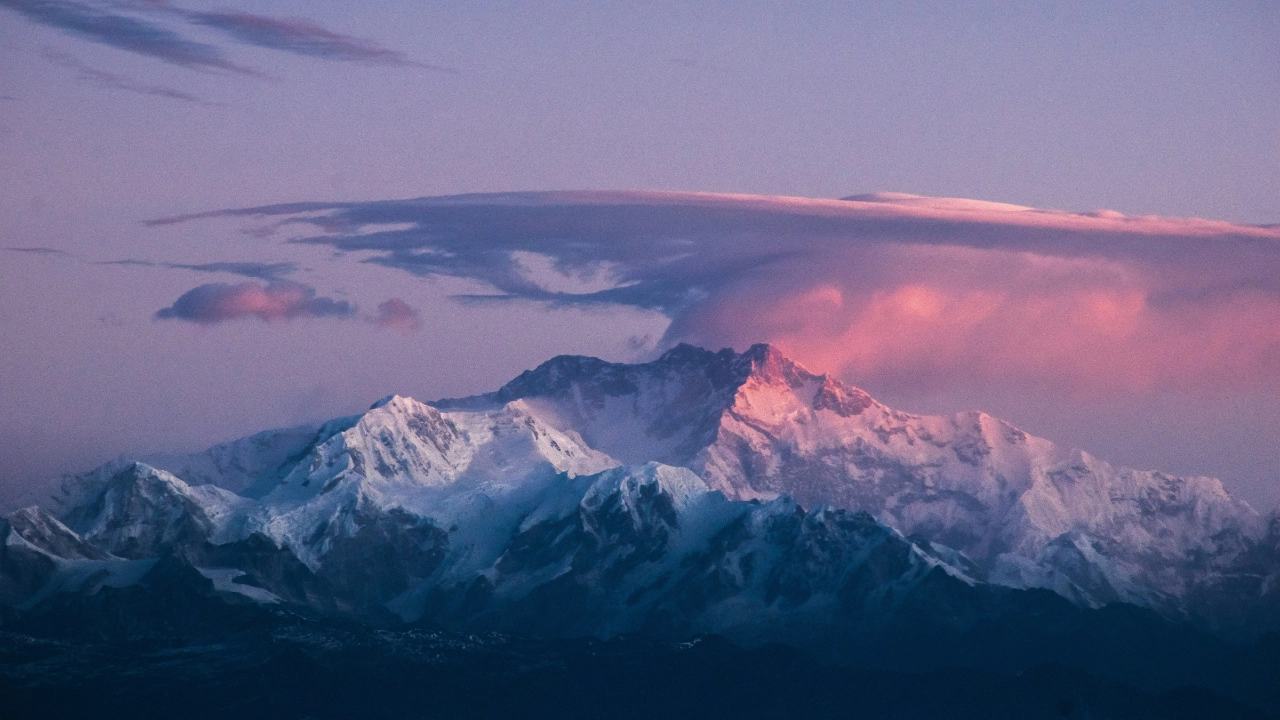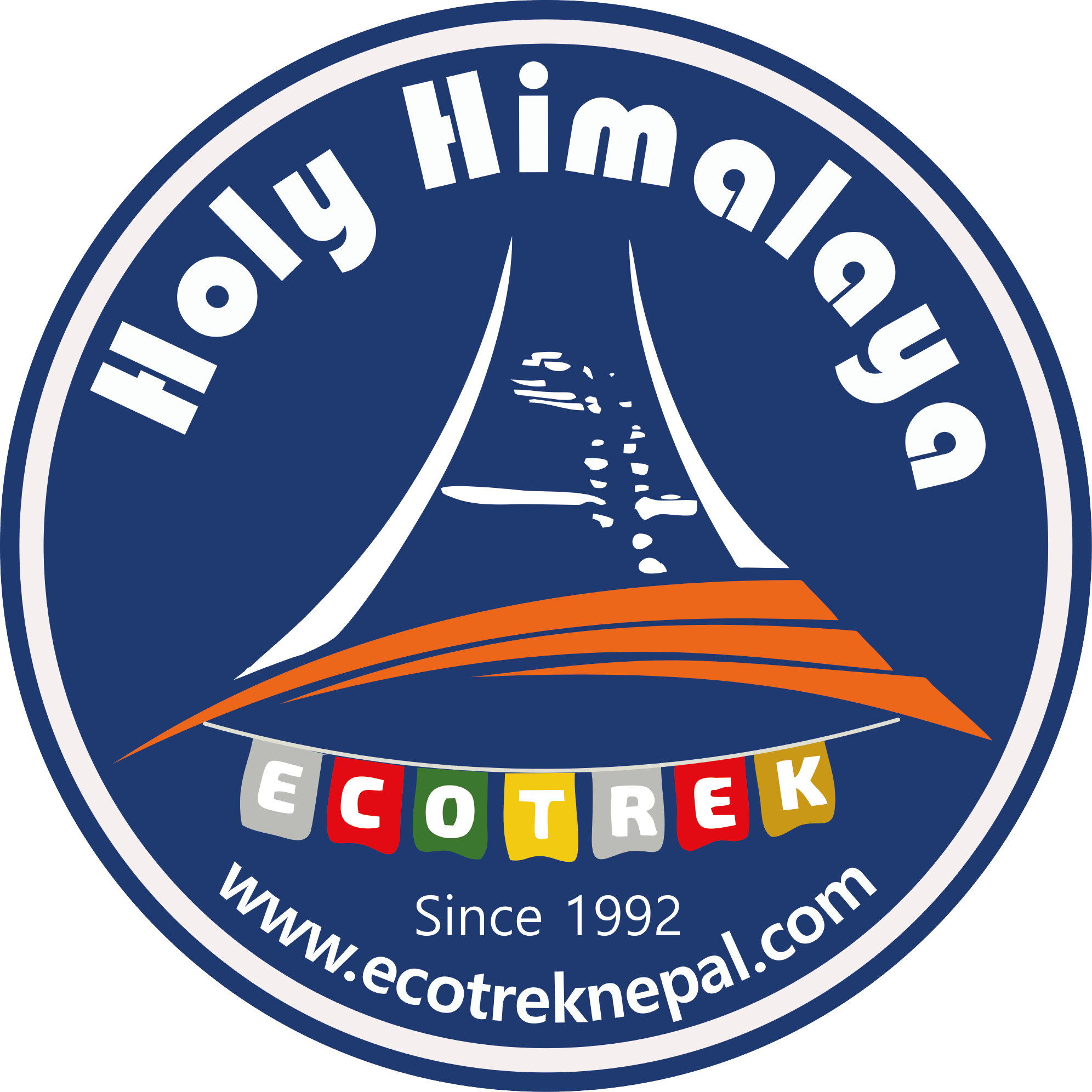
The Langtang Valley Trek
Tour snapshot
2 persons
Nepal
Trekking in Nepal
Overview
Langtang, one of the best treks in Nepal, is situated 137 kilometers north of Kathmandu in the periphery of Langtang National Park and offers us a chance to experience abundant wildlife, rich culture, and heritage, which is a fascinating experience for the trekkers. It's an off-the-beaten trek offering the renovated yet still beautiful countryside of Nepal.
On this trek, we can notice the change in the landscape. From the jungles of banana trees to icy peaks and glaciers, it is a fantastic variation from down below and upwards. Though this is a relatively short trek, Langtang Trek captures all the beats of Himalayan trekking with its stunning scenery.
We also get to see the range of Dorje Lakpa (6966 m), Kyunga Ri (6,601 m), Langshisha Ri (6,427 m), Changbu (6,781 m), Langtang Lirung (7,234 m), Gangchenpo (6,387 m), Yansa Tsenji (6,690 m), and many more accompanying us all through the trek. We can also get a better look at these from this region by taking an optional climb to Kyanjin Ri or Cherko Ri.
Since this trek is partially going to be done inside Langtang National Park, we may have opportunities to catch sight of different flora and fauna while walking through the forests. This region houses endangered species of animals, including the red panda and snow leopard, along with other animals like musk deer, Himalayan tahr, gloral, danphe, and many more.
This trek is for anybody who can walk a couple of hours without any trouble and enjoy the gifts nature has bestowed on the alpine regions of Nepal. The Langtang Gosaikunda Trek is short, scenic, and one of the perfect treks for nature lovers to enjoy the positivity in the atmosphere.
Highlights
- Trek through Rhododendron Forest, snow-capped peaks, and serene valleys.
- Enjoy the vistas of a tranquil monastery amidst yak pasture.
- Witness panoramic views of Dorje Lakpa, Langtang Lirung, Gangchenpo, and many other peaks.
- Encounter Buddhist monasteries, Sherpa villages, and hillside terraces.
- Explore the flora and fauna of Langtang National Park.
Itinerary



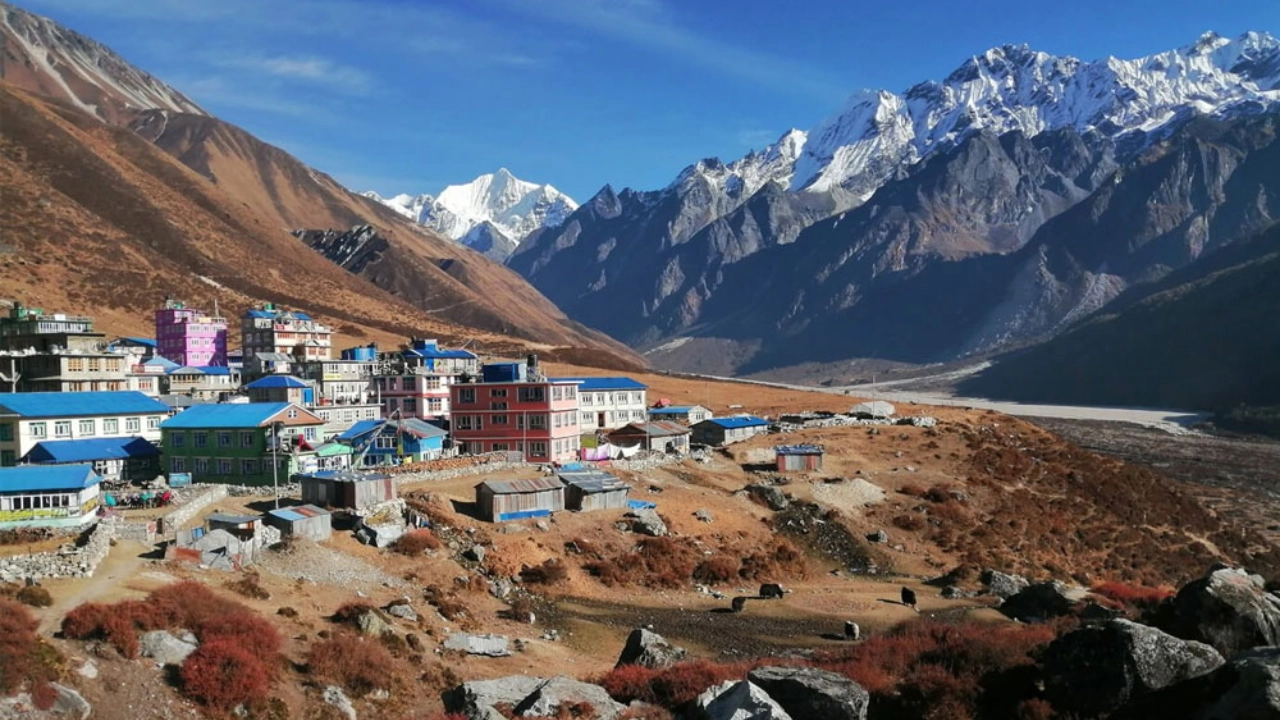
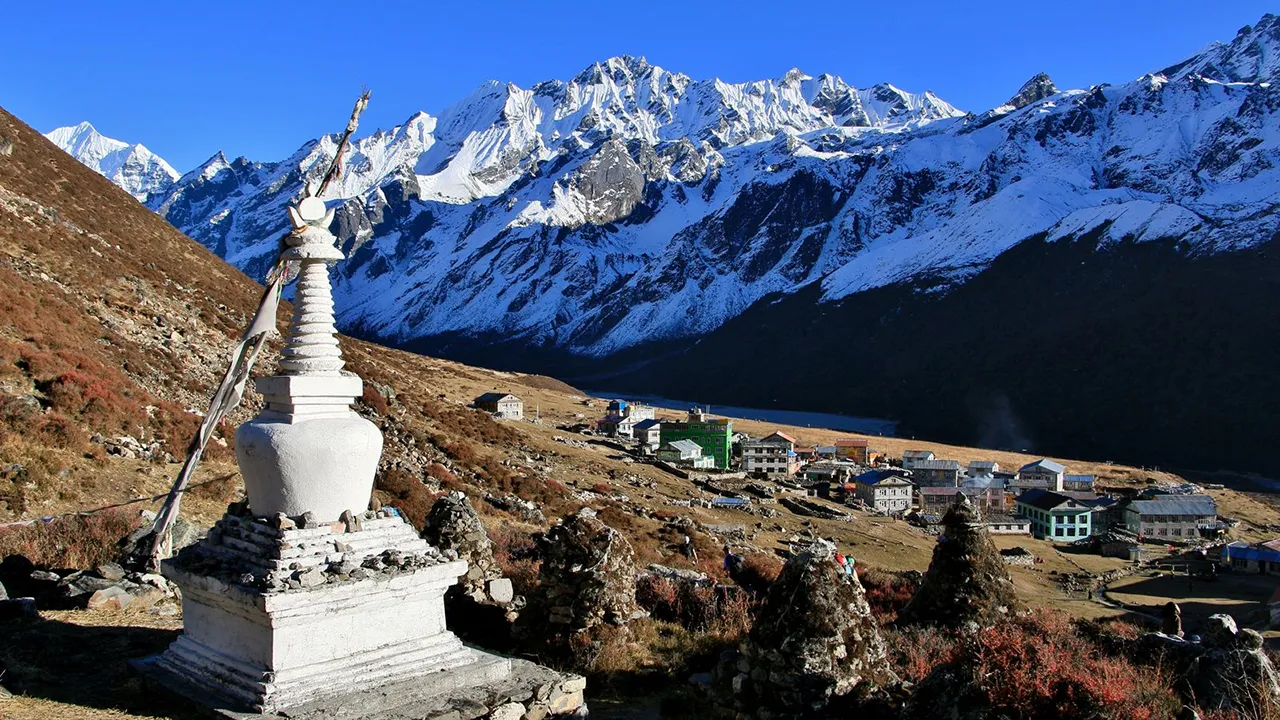




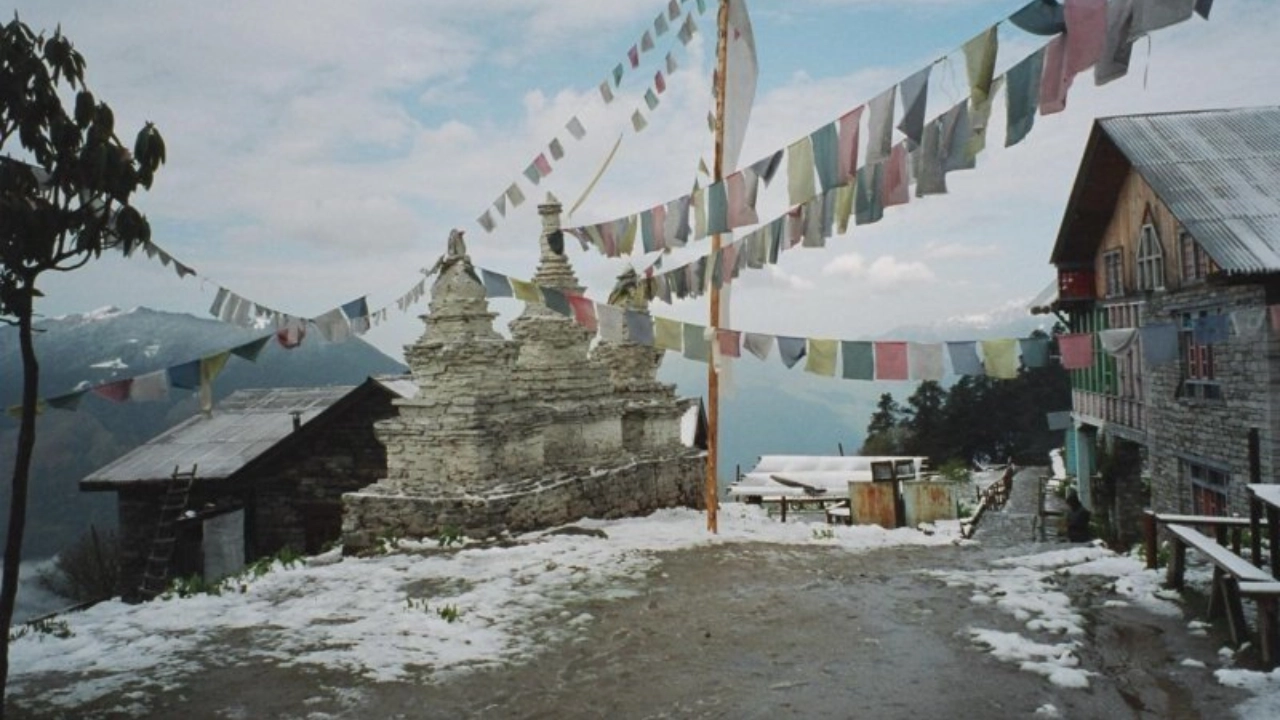
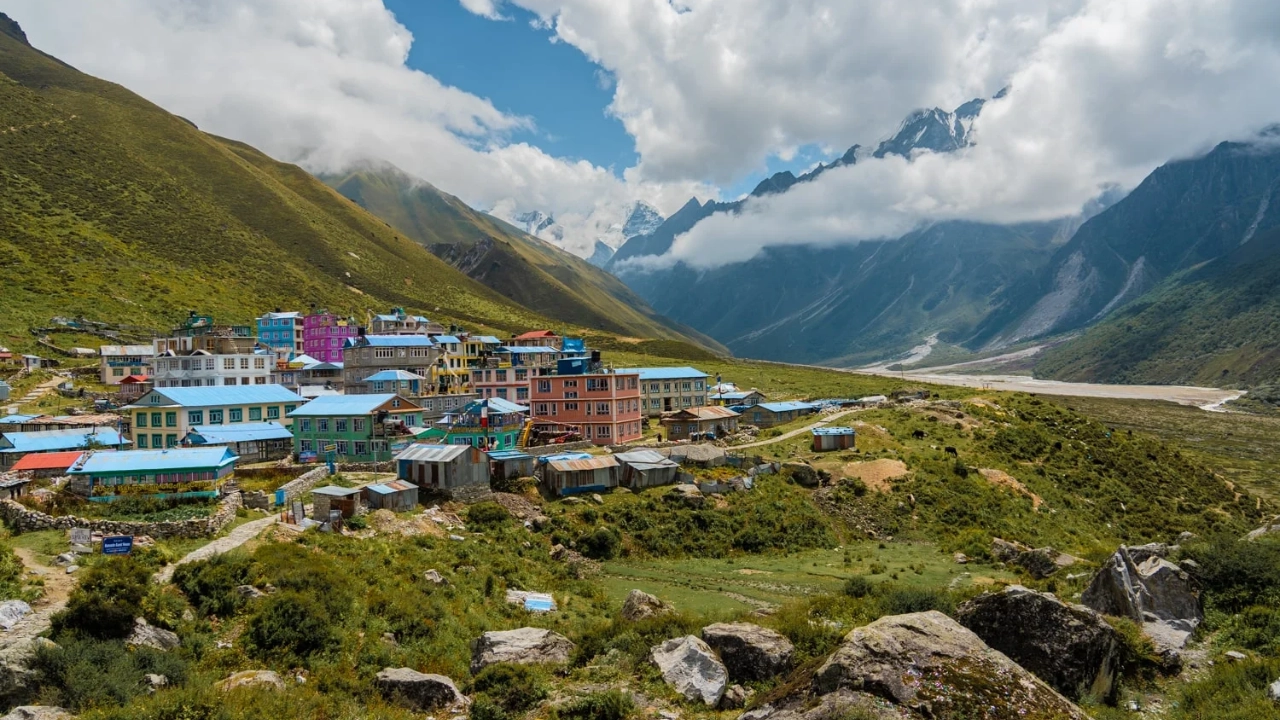



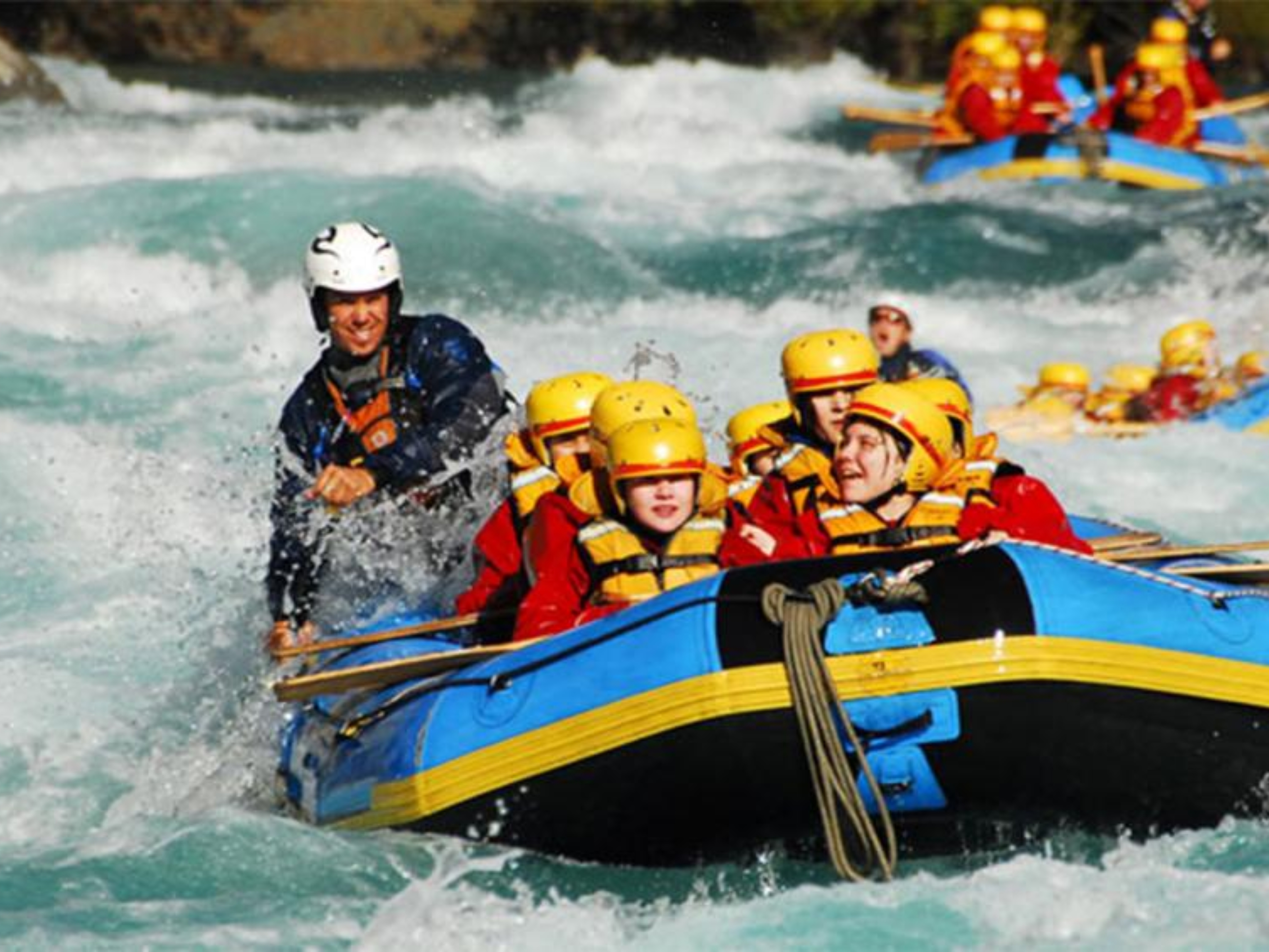

Included/Excluded
Service Fee Only, Explore Nepal Fully!
Select Dates
{{type.name}}
{{type.display_price}} per person
Guests
Extra prices:
- {{total_price_html}}
- {{pay_now_price_html}}
FAQs about The Langtang Valley Trek

The Langtang Gosainkunda trek is best done in spring and autumn. During these times, the weather is favorable for trekking. The skies are clear, and the mountain scenery is at its best. Winter can be harsh with cold temperatures and snow, while summer monsoons make trails slippery and muddy to walk on.

The two permits you need for the Langtang Gosaikunda trek are the TIMS Card and the Langtang National Park Entry Permit. The TIMS Card, which costs 2000 Nepali rupees, is provided by a trekking agency, but the National Park entry permit, costing 3000 Nepali rupees, can be obtained from the Nepal Tourism Board or at the park entrance. HOLY HIMALAYA ECO TREK WILL ARRANGE ALL THE NECESSARY PERMITS FOR YOU!

Accommodation along the Langtang Valley is provided by tea houses, meaning there is no need to take tents. Similar to other popular treks, such as the Annapurna Circuit and Everest Base Camp, these tea houses are cozy and combined with the local culture. Room quality changes with location and price, becoming more basic as you ascend. Expect simple rooms, often shared facilities like bathrooms and squat toilets, and no heating. For warmth, clean, -20°C sleeping bags are provided. Hot showers, where available at some of the tea houses, may be purchased for a small fee in local currency.

On the Langtang Gosaikunda Trek, all meals are provided at the places of accommodation, but lunch is taken en route at a stop. Menus offers both local and Western varieties such as Dal Bhat, Mo Mo, pasta, and pancakes. Breakfast options also vary from chapati to eggs and pancakes. The trek is vegetarian and vegan-friendly, and other dietary needs are met upon request. Extra snacks and drinks can be purchased at will.

Basic mobile service and phone reception can be received in good parts of the Langtang Valley. It's better and more comprehensive with Nepal Telecom. These can be bought or hired in Kathmandu. Most of the teahouses on the path of the trek have wifi on purchase and is not very reliable owing to the weather conditions. A lot of places charge approximately $4 for access to the wifi. In tea houses, device charging can be done for a small fee of less than a dollar but must be paid in Nepali rupees. Most of the tea houses have electricity, although at higher altitudes, there is solar power. Consider carrying a power bank for added convenience during the trek.

